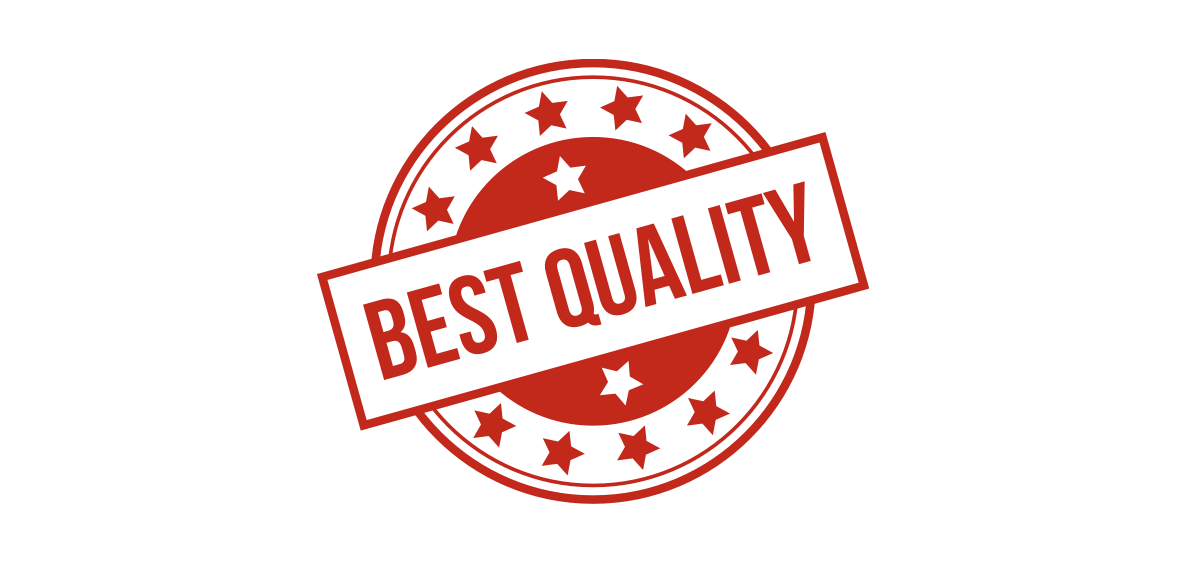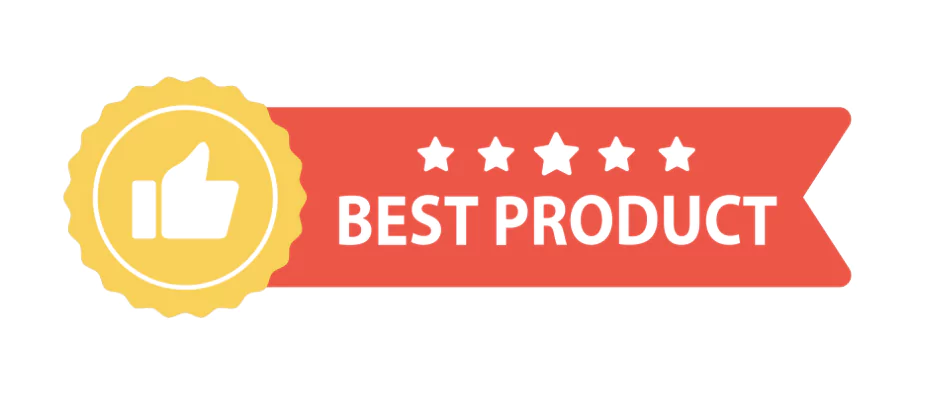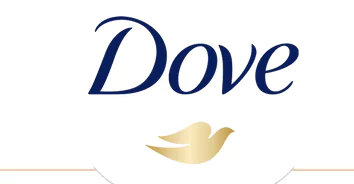Product positioning is all about convincing your audience that your product can solve their problems effectively. With better product positioning you get better user retention and overall good user experience from the product or service.
You might have heard more frequently about some products or brands when compared to other products in the same category. The better you build a marketing story for your product the more it appeals to everyone in the market who is using it or might need it. In this blog, we will know more about product positioning and more details.
What Is Product Positioning?
Product positioning is a strategy where you decide how your product fits in the market and how your products must be perceived in the minds of your target customers.
It is all about presenting your product’s unique and attractive features in front of your customers so that they can understand what special you have to offer in your product and services. When your product view is clear in the mind of people they will choose your product in place of others products in the market.

For example, consider bags made from jute, they can brand their name as “Sustainable product not posing any harm to the mother earth.” This message is backed by their unique features, brand, packaging and other strategies.
Product Positioning: Key Takeaways
- Product positioning is concerned with the steps you take to ensure that your product stands out from the other brands and audience have a valid reason to purchase your product in place of other alternatives.
- You can make more effective product positioning with effective consumer research, competitor analysis, product roadmap, consumer research and more.
- When the product positioning is right you get better response, more retention, faster product market fit, and more.
Why Is Product Positioning Important?
Product positioning is important as it helps your target audience connect with your product through messaging and more effective marketing strategies and campaigns. If you set up product positioning properly it can lead to higher customer satisfaction and retention rates.
Product positioning is important for the long term objective of product development. However, the strategies can be changed and improved always with the new options available with us. You can take the help of various tools and techniques to understand your customer preferences, competitive market and understand your target audience in a better way.
Product Positioning Statement
The Product Positioning Statement is an optimised sentence or paragraph which defines an overview of your product i,e. Who it is, what problem it solves, and how it is different from other alternatives.
It acts as a guide for your marketing brand and product visions which ensures that everyone in the team communicates the same message based on all formats discussed earlier. A well written positioning statement aligns well with your team objective and helps to deliver your product to the right audience with the right message.

For example, consider a tech product i,e. “Notely” App which is for freelancers, and remote teams. It is a note taking and collaboration app that organises its thoughts and actions into shareable and structured workspaces.
Notely focuses on minimal design and real time task tracking so teams can be more focused unlike Google Docs and Evernote.
How Can I Position My Product?
Before we start with some of the best practices to ensure a good positioning of our product we need to address some of the misconceptions beforehand. To determine the product position it is important to know how it is being displayed in the market.
Check some of the key points which must be kept in mind to ensure good position of your product in the market.
1. Know your Target Audience
You must be familiar with your target audience to shape your product accordingly. Make sure you understand the pain points, behaviors, preferences, and needs of your audience to include it in your end product.
2. Identify the Problem you Solve
Get very sure about the problem you will solve with your product. Be very specific about your product as it must solve customers’ problems and make their life easier in an affordable manner.
3. Analyse your Competitors
Keep a complete record of your competitors in the market and make your plan and design your products accordingly. Find out where your competitors lack and what else you can do to fill this gap.
It is important to find the right message about your product in the market and be very clear about what makes your product better than others in the market. Find the one area where you can dominate your competitors.
4. Define your Unique Composition
Before you deliver your product to the market it is important to tell the users what problem you can solve for them and why you are better than the other alternatives. This is the key message you will have to communicate for your product positioning.
5. Complete your Product Positioning Statement
Write a simple paragraph or sentence for your product positioning in the market highlighting an overview of the product. This helps to keep your team aligned with what your product stands for in the market.
Let us take the product positioning example for “Slack” a popular platform used for communication and collaboration on various tasks and projects.
“Slack is the AI-powered platform for work, bringing all your conversations, apps and customers together in one place. Around the world, Slack is helping businesses of all sizes to grow and send productivity through the roof.”
6. Prefer Adaptable Skills
Make sure you do not stick to one thing only and keep denying or following the market trends and patterns. Your product can perform better if you stay adaptable to new age development and changes to promote long term success of the product.
You can always try new things, tools and frameworks. Stay friendly to all experiments with strategy you believe in and redefine your product whenever you feel necessary.
Read More: What Is a Product Team? Functionality, Responsibilities
How to Create a Positioning Statement?

When you are writing a position statement including all major points along with your competitor analysis, follow the simple steps given below.
- First it is important to highlight your product features.
- Now it is important for you to mould these features into emotional benefits.
- Prepare a good emotional story line up that supports your objective and highlight the points more preferred by the customers.
- It is important for you to mention points that are better than your competitors and help your audience in choosing you as a solution.
- Identify and mention how you can become a better alternative to the weaknesses and area where your competitors are lagging.
Now, after you analyse all the above points make sure you summarise all these into a positioning statement.
Different Types of Product Positioning In Market
Let us check some of the different types of approaches used in product positioning in the market.
-
- Based on product price: This attempt focuses on placing your brand or product as competitively priced.
- Based on Customer Needs: This practice generally highlights the needs which you can fulfil for your audience.
- Product Quality: This practice is concerned with positioning your brand based on its quality.
- Competitors: When you are positioning your brand better than your competitors then you can consider this practice.
Market positioning is a strategic method to establish the image of a brand or product in the mind of consumers. All these practices are different and you must adopt whichever suits you and your brands the best.
4 Different Examples of Product Positioning
Some of the top examples of Product positioning in different industries are mentioned below.
1. Tesla

Tesla positions itself as the leader in electric vehicles, blending sustainability with high performance and luxury. It appeals to tech-savvy and environmentally conscious consumers who don’t want to compromise on speed, style, or status.
2. Dove

Dove differentiates itself in the beauty market by promoting self-esteem and real beauty. Instead of focusing on flawless models, Dove features real women and promotes messages of natural beauty and self-confidence.
3. Slack

Slack is the AI-powered platform for work, bringing all your conversations, apps and customers together in one place. Around the world, Slack is helping businesses of all sizes to grow and send productivity through the roof.
4. Apple

Apple positions the iPhone as a premium, user-friendly, and innovative smartphone. The focus is on design, seamless integration with other Apple products, and an ecosystem that offers simplicity and quality. Apple doesn’t sell a phone, it sells an experience.
Also Read:
- What is a Product Launch? Product Management Glossary
- What is Product Excellence? Definition & Overview
- What is Product Experience? | Product Management
- What Is a Certified Product Manager (and How Do I Become One)
Learn Product Management With PW Skills
Begin your successful career in product management and master industry skills with the high value based program on PW Skills powered by Generative AI. The Product Management Course at PW Skills helps you prepare with job ready skills and hands-on learning. Get an advanced in depth learning completely based on smart agile methodologies and conduct strategic planning, market analysis, and more to maintain product market fit.
Build a job ready profile with PRD from the scratch and work on a capstone project to strengthen your portfolio. Prepare for your interview with guidance from dedicated mentors who will also help you in resume building with dedicated sessions. Get industry recognised certifications and discover a wide range of opportunities in Product management only at pwskills.com
Product Positioning FAQs
Q1. What is product positioning?
Ans: Product positioning is a strategy where you decide how your product fits in the market and how your products must be perceived in the minds of your target customers.
Q2. Why is product positioning important?
Ans: When your product view or positioning is clear in the mind of people you are targeting they will choose your product in place of others products in the market. Product positioning highlights what are the unique features and deliverables you have to offer apart from your competitors.
Q3. What is the main objective of Product Positioning?
Ans: The main goal of product positioning is to determine the target audience, their needs and how this product can be used to solve their problem.
Q4. Is Positioning and messaging the same?
Ans: Positioning is used to outline the standout traits of your product from other options in the market while messaging is used to determine what you will deliver based on the promises made in your positioning statement.

